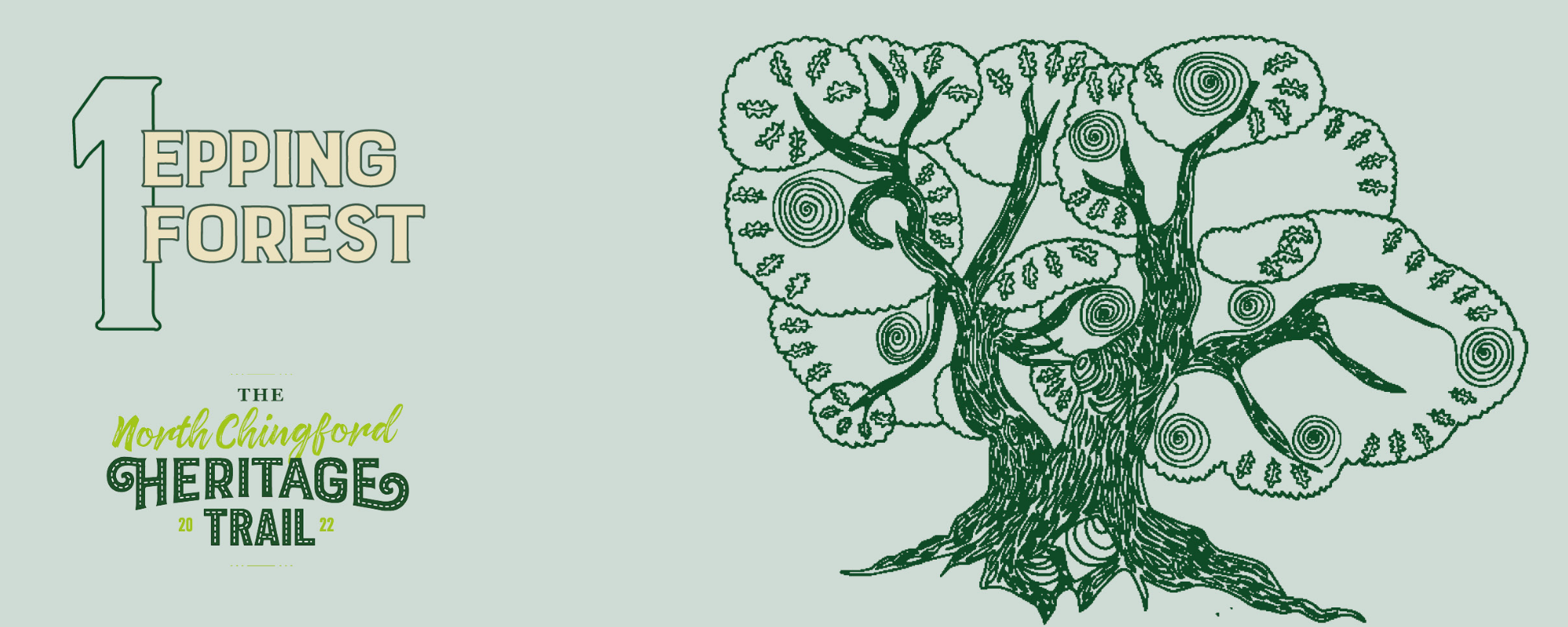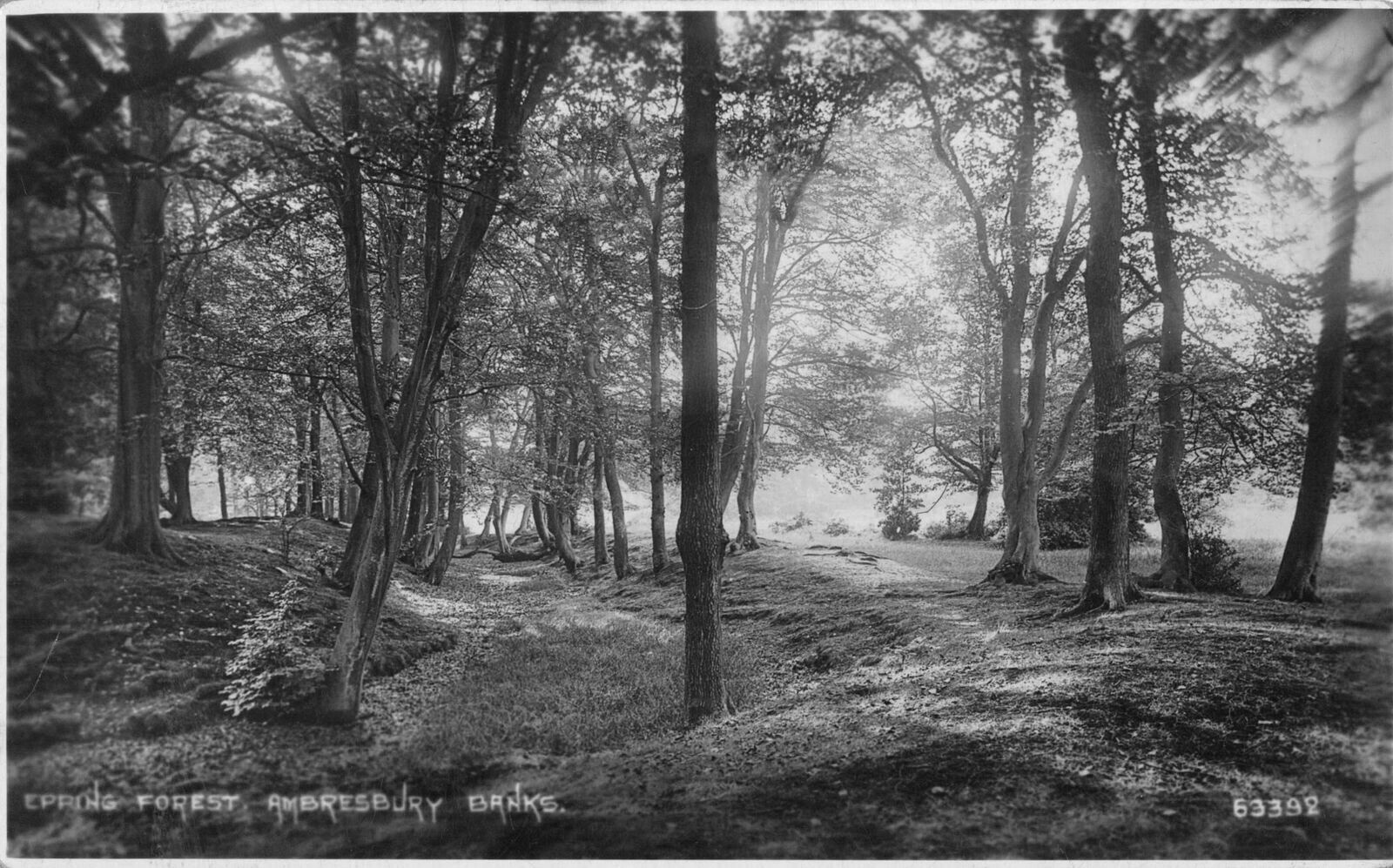
Epping Forest is a 6,000 acre area of ancient woodland, and other established habitats, between Epping in Essex to the north, and Forest Gate in Greater London to the south, straddling the border between London and Essex.
As one of the earliest publicly accessible landscapes in England, Epping Forest predates the UK’s National Parks by nearly 80 years. Entrusted to the City of London as Conservators by the Epping Forest Act of 1878, to maintain its natural aspect, the Forest was dedicated by Queen Victoria ‘for the enjoyment of my people forever.'
Epping Forest itself is home to 55,000 ancient trees, more than any other single site in the country. They are centuries old and some of Epping Forest’s beeches may have been growing there since Anglo- Saxon times representing some of the oldest living plants in Europe, irreplaceable and rare.
This forest contains areas of woodland, grassland, heath, streams, bogs and ponds, and its elevation and thin gravelly soil (the result of glaciation) historically made it less suitable for agriculture. The original forest was a royal hunting ground that was gradually enclosed; only through opposition by holders of common rights was it in part saved by an act of Parliament in 1878. The remaining 9 square miles (23 square km) passed to the care of the Corporation of the City of London.

DID YOU KNOW?
The area that became Epping Forest has been continuously wooded since Neolithic times. There are two Iron Age hill forts within the forest –Loughton Camp and Ambresbury Banks. The latter, according to legend, is the site of the last stand by Boudica against the Romans in the year 61AD. Both forts can be clearly found in the woodland today.



